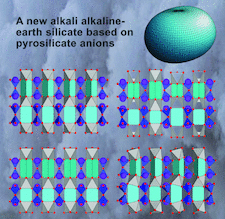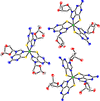issue contents
March 2025 issue

Cover illustration: The crystal structure and thermal expansion of Rb2Ca2Si2O7 have been investigated from single-crystal diffraction data. The structural relationships with other pyrosilicates are discussed. See Kahlenberg [Acta Cryst. (2025), C81, 146–155].
crystallography in latin america

electron diffraction


 access
accessresearch papers






 access
access





 access
access
 journal menu
journal menu
























